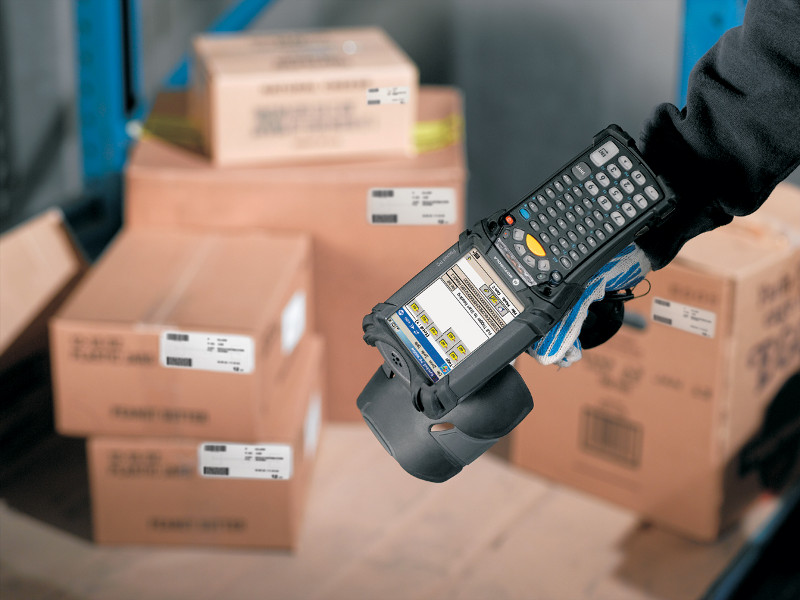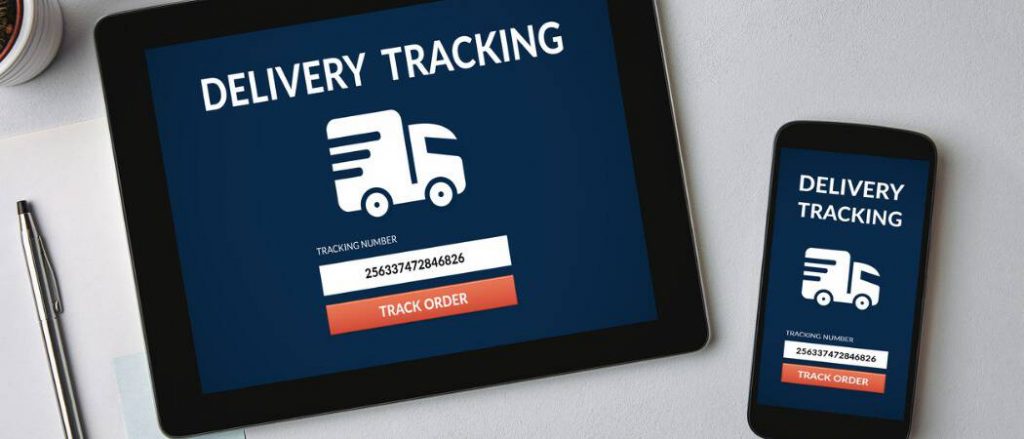Retail is one of the most innovative industries in the world. The sector requires advanced technology to create, produce, distribute and sell products to keep the economy strong. The Covid-19 pandemic has accelerated technology in the retail industry. The acceleration has led to many opportunities to innovate intelligent retail from big data to augmented reality (AR) to blockchain.
Emerging technologies and trends are blurring the lines between online and offline retail, providing more meaningful customer interactions through experiential media.
Retail Challenges
Consumer expectations have increased immensely due to digital transformations and the pandemic. Think about when you go shopping; you want to have the ability to browse and purchase goods and services from multiple shopping channels. When a company has an e-commerce website, brick-and-mortar store, direct sales, and social media, it makes it easy for shoppers to purchase the goods and services.
Investing in infrastructures, like cloud computing, fintech and automation allow your business to implement these tools efficiently. Innovating retail processes are essential. The Canadian economy is forecasted to have “130,000 additional business insolvencies by the end of 2022 and a drop in GDP totaling -9.6% in 2020.” There is a need to innovate and improve the path to purchase.
Post-pandemic, it is essential to make shopping relevant and engaging for all consumers. Digital transformation will help rescue the economy and accelerate technology on a national and international level.
Digital Transformations
Since consumers’ priorities have shifted in many ways, business models must change as well. Consumers are looking to blur the lines between off and online shopping through meaningful transactions. Digital transformations have the power to revolutionize and streamline the retail industry, both on the front and back end. There are a range of transformations that your company can undergo;
There are simple and cost-efficient transformations that are well suited for small businesses that are not tech-savvy or ready for bigger transformations. This could include; starting or building a web presence, implementing contactless payment, investing in social media strategies, or collaborating with delivery services.
Robotics and Artificial Intelligence are used in high-level digital transformations. Inventory management, supply chains, and payment processes can all be transformed into digital measures.
Radio-Frequency Identification (RFID) is used to accurately track inventory and simultaneously reduce human inaccuracy. Over 13 weeks, RFID can improve inventory accuracy by more than 27%. RFID uses radio waves to transfer data to identify and track products. Items can be identified without being in a line of sight, contrasting traditional barcode inventory management systems.

AI-powered inventory management tools eliminate human power and can help streamline operations. Smart warehouses can predict consumers’ future purchasing behaviors and base the supply chain on the prediction. This not only improves the front and back-end operations but also improves customer experience by having the supply they desire and delivered efficiently.
Intelligent Retail and Commerce
Cloud-based retail can help improve companies’ supply chains by quickly accessing inventory data in real-time. Technology, like Microsoft Azure, can be used to track consumer trends and make data-driven decisions.
Both cloud and blockchain technologies make the supply chain more visible. Retailers can track each stage the product is in until it reaches its final destination. Not only does tracking offer peace of mind for consumers, knowing where their package is, but it can also highlight other concerns. Specifically in the food retail industry, disease outbreaks can be controlled through blockchain. In an uncommon scenario where there is a salmonella outbreak, blockchain technologies can help trace where the possible outbreak began and prevent it in the future.

Payment methods are also an area where digital transformations are extremely prominent. Shoppers’ expectations for purchasing are expanding. Customers expect to have the ability to pay in many ways, whether it be; online accounts with their financial information saved, order online and pay in-store, paying in-store, or just paying online. The more payment methods your company offers can help embrace cross-border transactions and as a result increase revenues.
There are a variety of financial technologies that can help create more flexible payment pathways. Spending on technology and infrastructure in the retail sector is estimated to grow by 3.6% year on year, reaching $210.9 billion US in 2020.
Conclusion
Relevancy is key in retail. The fast-changing world and changing demographics make it hard to stay on top of trends, but technology makes it easy. Digital transformations have a multitude of benefits ranging from; streamlining operations, personalizing the customer experience, and reducing human error. A major benefit is migrating paper-based information and processes to digital.
To learn more about the future if intelligent retail, check out our interview with industry expert, Karen Wong.
If you think your business could benefit from a digital transformation, talk to an expert at Sangwa Solutions to help integrate technological solutions into your business.





